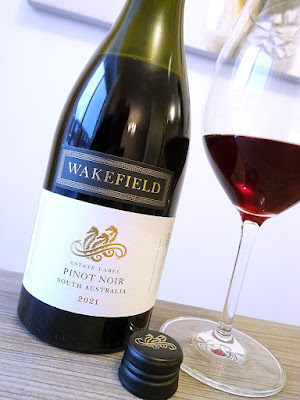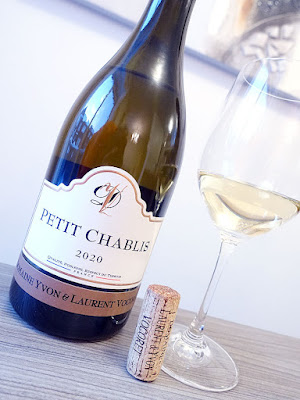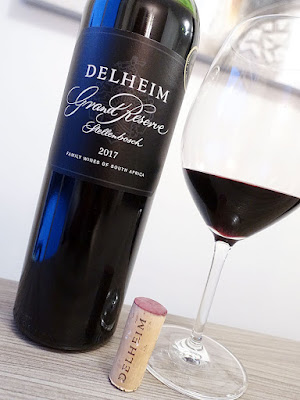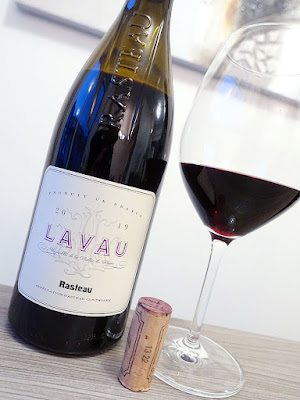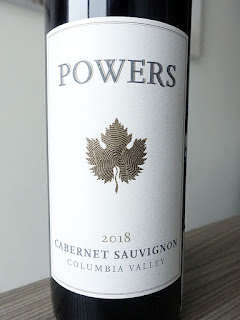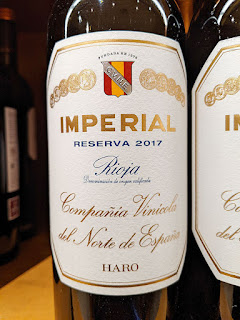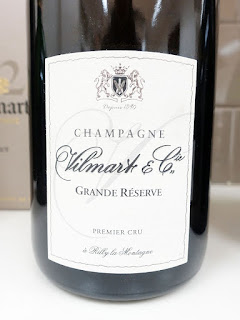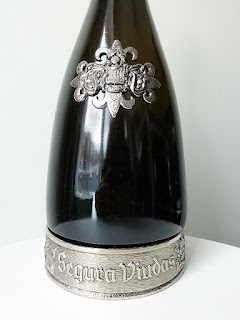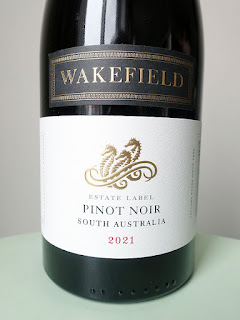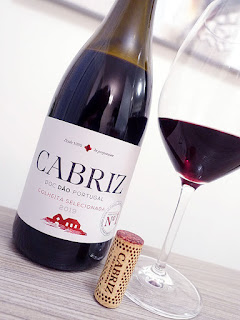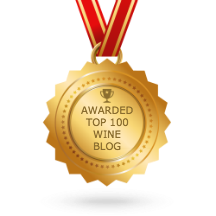red wine review is the latest vintage of a lovely Pinot Noir from Australia that arrived at the LCBO as part of the recent LCBO VINTAGES Release.
It is produced by Wakefield Wines, a family wine business established in 1969 by Bill Taylor Sr. and his two sons, Bill and John, by the Wakefield River in South Australia's Clare Valley. They planted their first vineyards at that time and their desire was to create authentic, estate-grown wines where the vineyards and winery both reside at the same location. The Taylor family was inspired by the great producers of Bordeaux and the approach of having ultimate control over the vineyards, winery, and even bottling of the wines appealed to the them.
These days, the wines are still crafted and bottled at the estate, but the grapes aren't necessarily grown there. This is mainly due to the popularity of Wakefield Wines - they need more fruit to satisfy demand, but also fruit from other areas can be of higher quality, as is the case for Sauvignon Blanc and Pinot Noir. With the Taylor family's continued commitment, they have earned an enviable reputation of consistently crafting quality wines that have contributed to their success, including winning many awards around the globe for almost half a century.
While the 2018 Wakefield Pinot Noir that I enjoyed a couple of years ago was crafted with grapes exclusively from Adelaide Hills, this particular vintage is regionally labelled as from South Australia, with grapes primarily coming from Adelaide Hills and possibly a small amount from Riverland or Clare Valley. It was matured for 9 months in a combination of 1 and 2 year old French oak hogshead barrels prior to bottling and enclosed by screw cap.
To help wine lovers enjoy Wakefield Wines, the Taylor family has added an innovative Optimum Drinking Temperature sensor on the back label that will tell you when the wine is ready to enjoy. All Estate range wines have this temperature sensor and it is calibrated to each varietal and wine. To use the sensor, simply touch the round temperature sensor and compare its colour to the chart located to its left. If the colour of the sensor falls between the optimum temperature indicated in the chart, then the wine is ready to drink. Let's see how this 2021 Australian Pinot Noir is tasting tonight...
Screw cap. The rich, medium-high intensity nose offers perfumed aromas of raspberry and black cherry nuanced with lovely black tea leaf, spices, beet root, and forest floor adding intrigue. On the light-to-mid weighted palate it is dry and fruity with ripe raspberry, black cherry, spices, tea leaf, and wild herb flavours. It has fresh, juicy acidity and sweet, ripe, supple and lightly textured tannins. Raspberry, tea leaf, and touches of cedary wood notes linger on the finish, with very good length. Highly recommended buy! Score: 89 pts
Other lovely wines by Wakefield are available at the LCBO and through their Agent - Profile Wine Group.
It is produced by Wakefield Wines, a family wine business established in 1969 by Bill Taylor Sr. and his two sons, Bill and John, by the Wakefield River in South Australia's Clare Valley. They planted their first vineyards at that time and their desire was to create authentic, estate-grown wines where the vineyards and winery both reside at the same location. The Taylor family was inspired by the great producers of Bordeaux and the approach of having ultimate control over the vineyards, winery, and even bottling of the wines appealed to the them.
These days, the wines are still crafted and bottled at the estate, but the grapes aren't necessarily grown there. This is mainly due to the popularity of Wakefield Wines - they need more fruit to satisfy demand, but also fruit from other areas can be of higher quality, as is the case for Sauvignon Blanc and Pinot Noir. With the Taylor family's continued commitment, they have earned an enviable reputation of consistently crafting quality wines that have contributed to their success, including winning many awards around the globe for almost half a century.
While the 2018 Wakefield Pinot Noir that I enjoyed a couple of years ago was crafted with grapes exclusively from Adelaide Hills, this particular vintage is regionally labelled as from South Australia, with grapes primarily coming from Adelaide Hills and possibly a small amount from Riverland or Clare Valley. It was matured for 9 months in a combination of 1 and 2 year old French oak hogshead barrels prior to bottling and enclosed by screw cap.
To help wine lovers enjoy Wakefield Wines, the Taylor family has added an innovative Optimum Drinking Temperature sensor on the back label that will tell you when the wine is ready to enjoy. All Estate range wines have this temperature sensor and it is calibrated to each varietal and wine. To use the sensor, simply touch the round temperature sensor and compare its colour to the chart located to its left. If the colour of the sensor falls between the optimum temperature indicated in the chart, then the wine is ready to drink. Let's see how this 2021 Australian Pinot Noir is tasting tonight...
Tasting Note:
WAKEFIELD PINOT NOIR 2021 - South Australia (#197392) (XD) - $19.95Screw cap. The rich, medium-high intensity nose offers perfumed aromas of raspberry and black cherry nuanced with lovely black tea leaf, spices, beet root, and forest floor adding intrigue. On the light-to-mid weighted palate it is dry and fruity with ripe raspberry, black cherry, spices, tea leaf, and wild herb flavours. It has fresh, juicy acidity and sweet, ripe, supple and lightly textured tannins. Raspberry, tea leaf, and touches of cedary wood notes linger on the finish, with very good length. Highly recommended buy! Score: 89 pts
Other lovely wines by Wakefield are available at the LCBO and through their Agent - Profile Wine Group.
